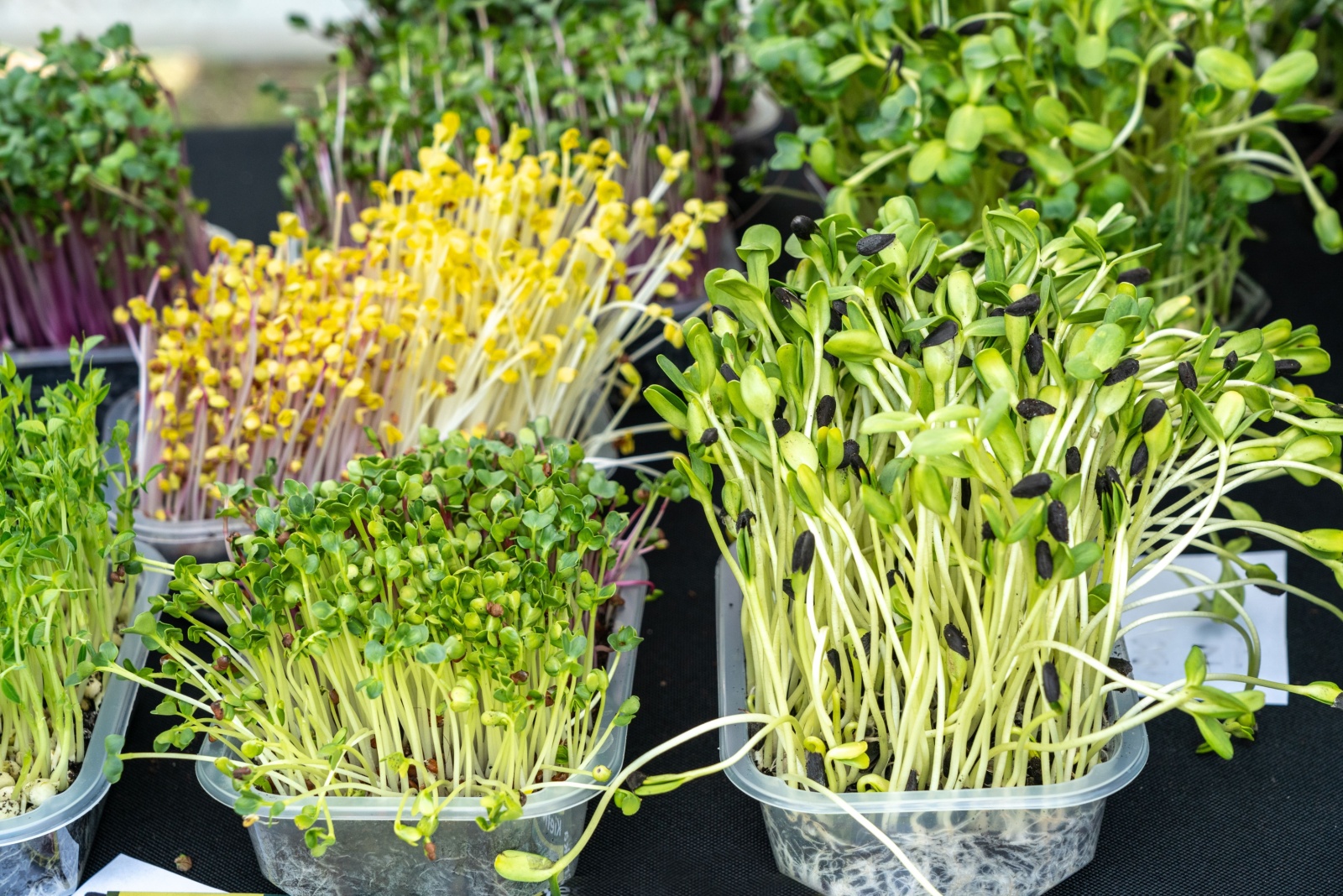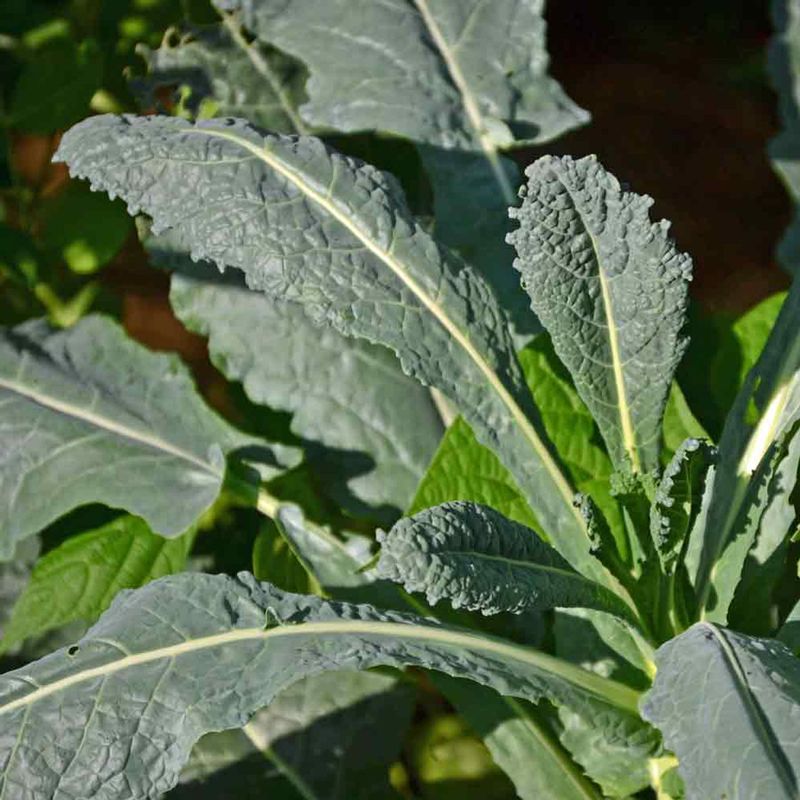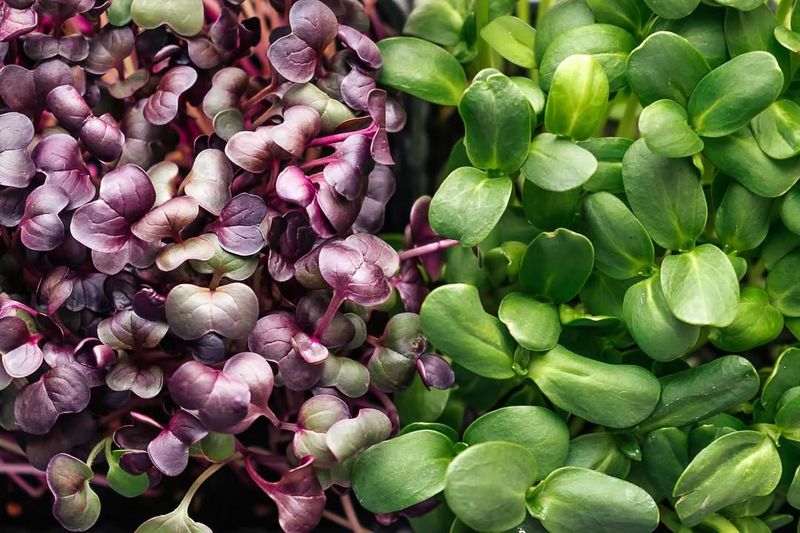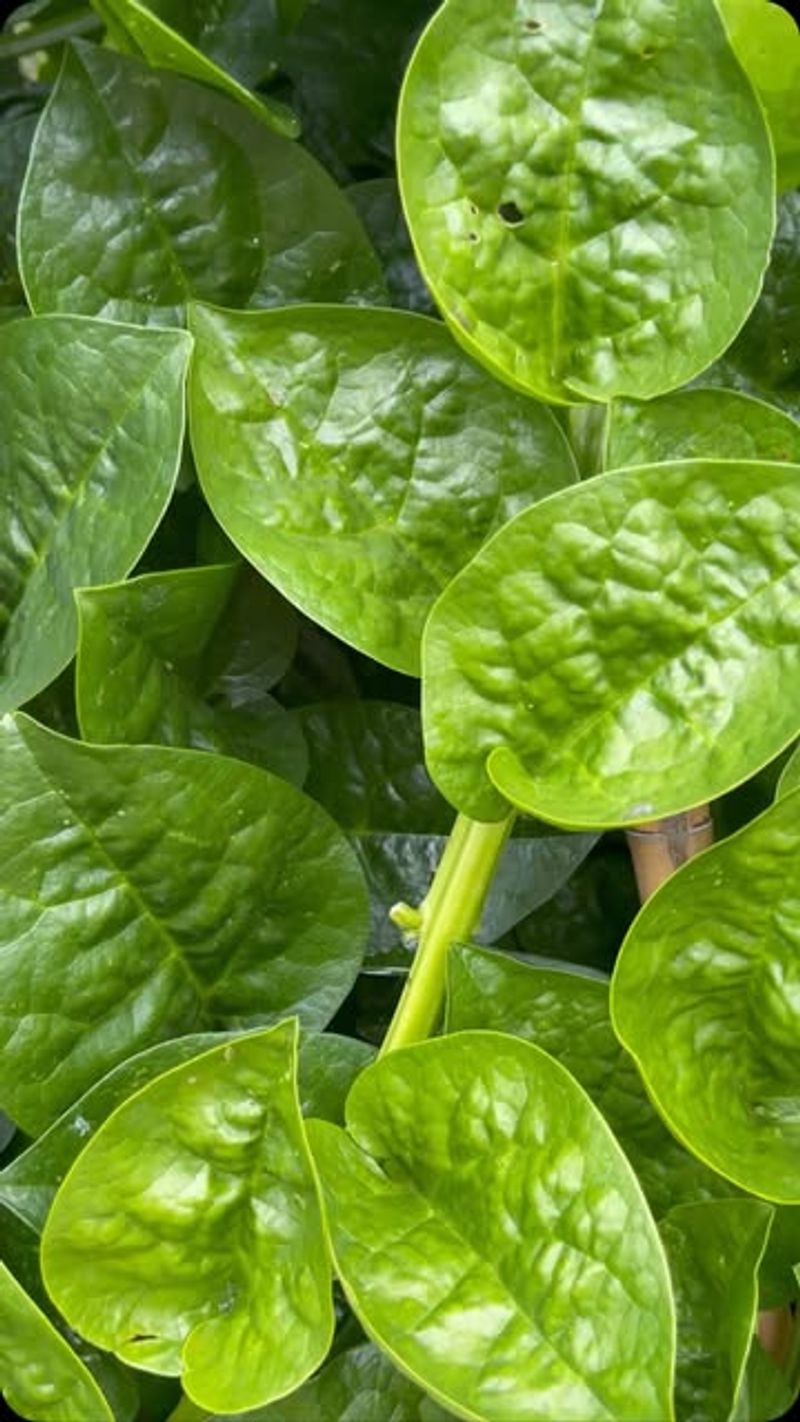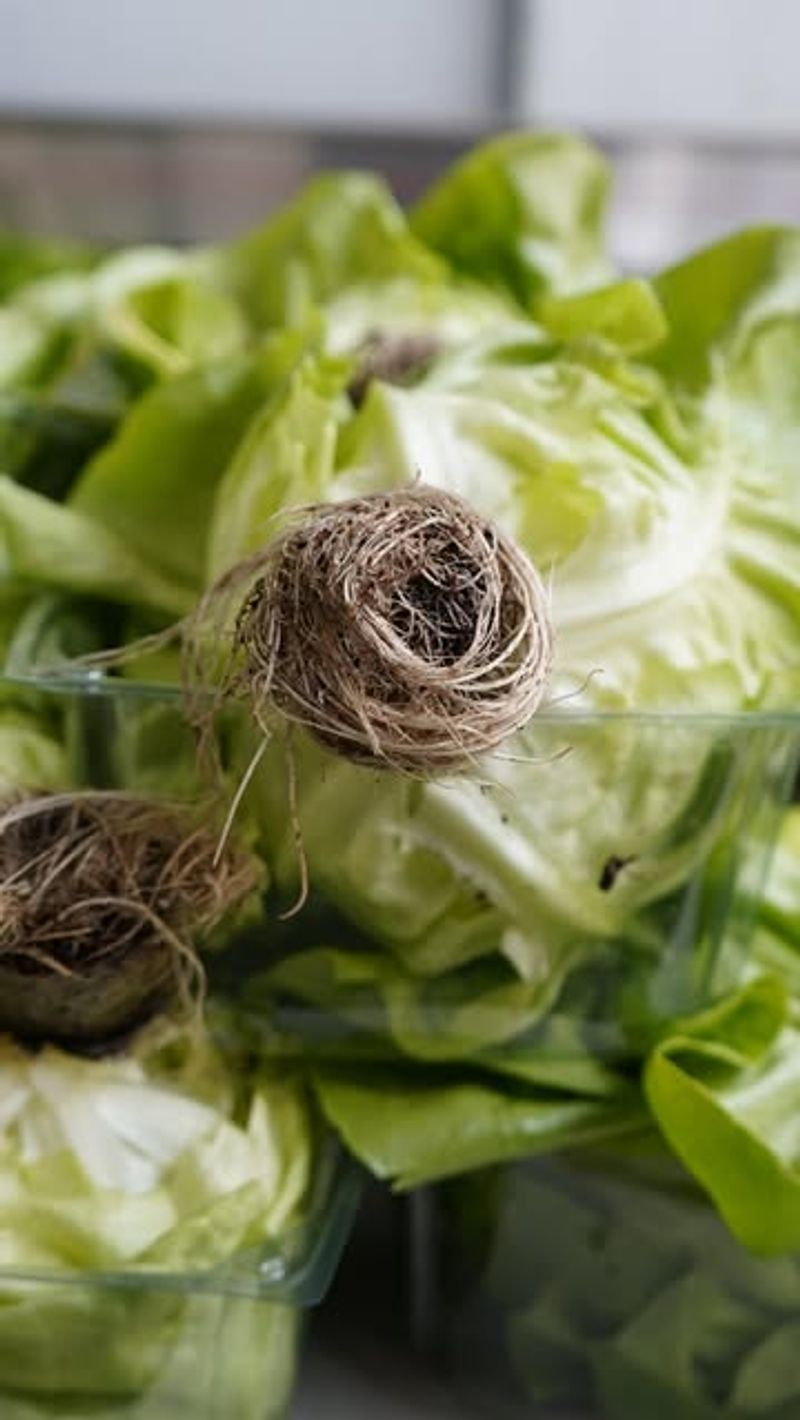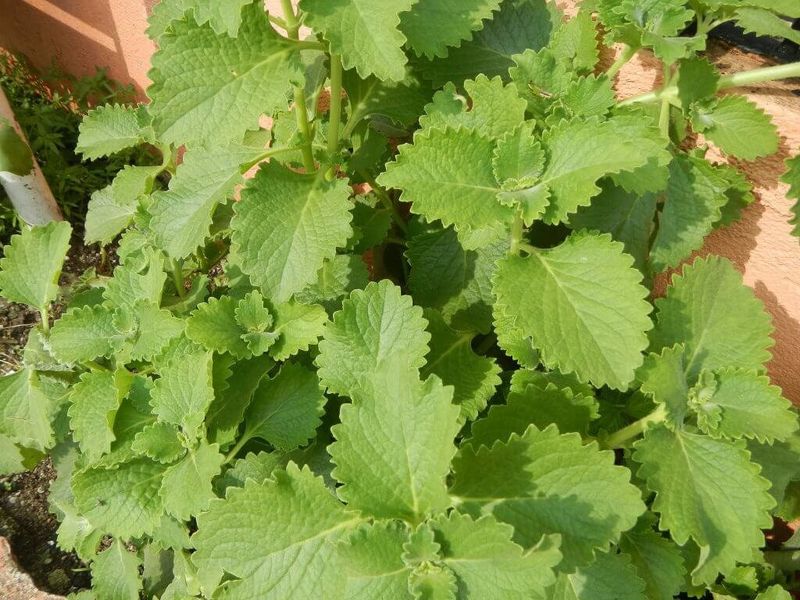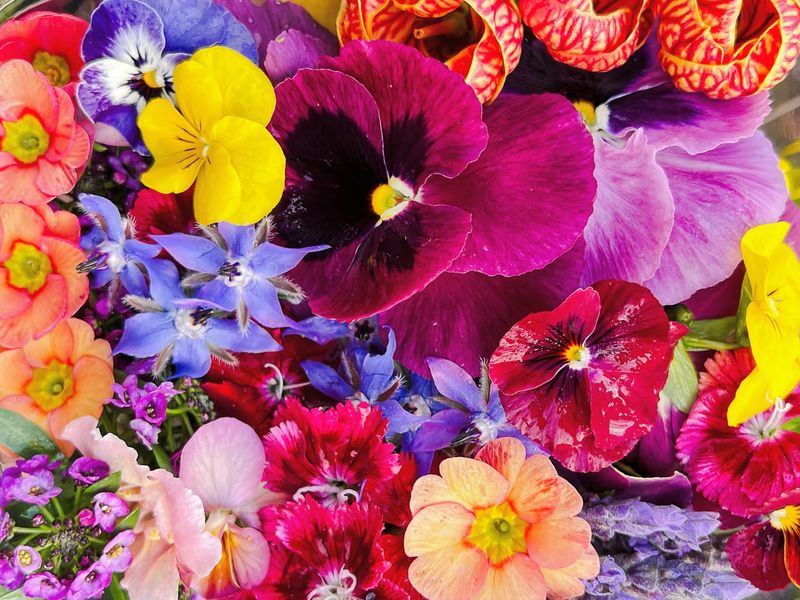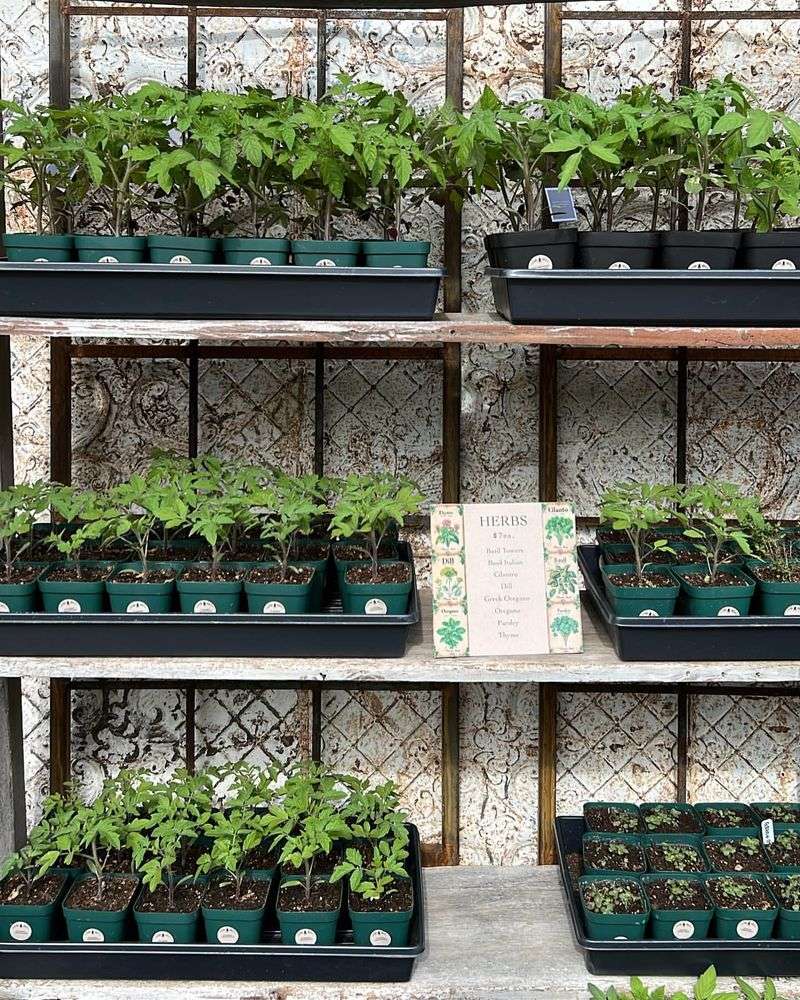Miami’s Coconut Grove Organic Market has become a weekend hotspot for food enthusiasts seeking the freshest local produce. Every Saturday, farmers and gardeners gather to share their harvests with community members looking for nutritious, locally-grown options.
I started visiting this market last year and quickly discovered how different these fresh-picked greens taste compared to grocery store versions. The market creates a direct connection between growers and eaters, supporting local agriculture while providing access to exceptional quality.
For anyone interested in cooking with truly fresh ingredients or starting their own garden, this market offers both inspiration and supplies. Here are seven standout green options you shouldn’t miss on your next visit.
1. Heirloom Kale Varieties
Local farmers bring several kale varieties you won’t find in regular stores. The Lacinato (dinosaur) kale has darker, bumpier leaves than the curly type most people know.
I’ve found market kale lasts nearly twice as long as supermarket versions. Farmers often harvest it that morning, meaning you’re getting maximum nutrients and flavor.
Many vendors offer samples and cooking suggestions. One farmer taught me to massage kale with olive oil and salt before making salads – a technique that transforms its texture completely.
2. Miami-Grown Microgreens
Several urban farms around Coconut Grove specialize in microgreens – tiny, nutrient-packed seedlings harvested just days after sprouting. These intensely flavored greens pack more nutrition per ounce than their full-grown counterparts.
Sold in small containers or cut-to-order, these delicate greens make any dish look restaurant-quality. The sunflower microgreens have a surprisingly nutty flavor that transforms ordinary sandwiches.
Most growers use organic methods and can explain exactly how they’re raised. Many offer mix-and-match options so you can create your own blend.
3. Tropical Spinach Alternatives
Beyond regular spinach, the market features heat-tolerant greens that thrive in Miami’s climate. Callaloo, Malabar spinach, and longevity spinach are staples that grow year-round in South Florida.
These alternatives offer unique flavors and textures not found in conventional spinach. Malabar spinach has thicker, slightly mucilaginous leaves that hold up beautifully in soups and stews.
Last month, I bought Malabar spinach starts from a local grower and now have a thriving vine on my balcony. These plants continue producing through Miami’s hottest months when regular spinach would wilt.
4. Living Lettuce Heads
Several vendors sell lettuce with roots still attached, sitting in small water containers. This innovative approach keeps lettuce fresh for weeks rather than days.
The variety goes beyond basic iceberg – look for oak leaf, butterhead, and speckled varieties that offer different textures and flavors. You can harvest outer leaves as needed while the plant continues growing.
A local hydroponic farmer explained that these lettuces never touch soil, reducing contamination risk. Their clean growing methods mean you can often skip washing these greens before eating them.
5. Cuban Herb Bundles
Miami’s Cuban influence shines through in the herb selection at Coconut Grove Market. Traditional culantro (different from cilantro) has long, serrated leaves with an intense flavor that’s essential in sofrito.
Fresh oregano, recao, and hierba buena (Cuban mint) come bundled together for authentic cooking. These herbs grow particularly well in Miami’s climate and offer bolder flavors than their dried counterparts.
An elderly vendor taught me how these herbs form the backbone of Cuban cuisine. She offers recipe cards with traditional uses for each herb bundle – a wonderful way to explore new flavors.
6. Edible Flower Assortments
Specialized growers offer containers of edible flowers that transform ordinary dishes into colorful creations. Nasturtiums, pansies, and marigolds are arranged by color and flavor profile.
Beyond their beauty, these flowers add unexpected flavors – nasturtiums deliver a peppery kick while pansies offer a mild wintergreen note. One vendor provides tasting samples so you can experience each variety.
My favorite discovery was learning how to make flower-infused ice cubes for summer drinks. The market’s flower selection changes seasonally, reflecting what grows best in Miami’s current conditions.
7. Seasonal Seedling Starters
Garden enthusiasts flock to the seedling vendors who offer vegetable and herb starts suited to Miami’s growing zones. Unlike big-box stores, these plants are selected specifically for Florida’s unique climate and growing conditions.
The selection changes monthly to match optimal planting times. Vendors provide detailed care instructions tailored to local conditions – crucial information for successful home gardens in Miami’s challenging environment.
After buying basil and tomato seedlings last spring, my tiny balcony garden produced enough for fresh Caprese salads all season. The vendors’ advice about container gardening in Miami’s heat proved invaluable.

